Today, public spaces are facing new challenges – societal, environmental, political, technological and economic – and must deal with the uncertainty of a changing world. How can public spaces be designed to meet the various expectations of society while also being able to adapt to future developments?
What is meant by “public space”?
Public spaces refer to all spaces intended for use by everyone, without restriction: the principle of free access for all. They include squares, forecourts, pavements and pedestrian areas, but also green spaces (parks, gardens, paths, riverbanks), and furniture or any other object present in these places. However, these urban public spaces are not merely a matter of physical definition. The importance of the usage value of these places was highlighted by the Covid-19 health crisis in 2020. The multiplicity of ways in which public space can be used and developed lend it an intangible value. Moreover, when we speak of “public space” in the singular form, we generally mean a place for political debate, for the confrontation of opinions.
“Today, we are turning to public spaces to ‘reinvent society’, because we see them as the best place for action regarding political innovation and democratic experimentation”,
says Joëlle Zask, a philosopher who deals with the subject in her book “Quand la place devient publique”
Read the full article here.
Author Virginie Alonzi.
Recommended by Luisa Bravo



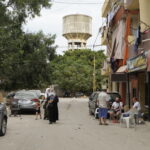
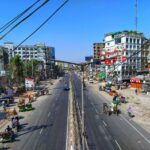
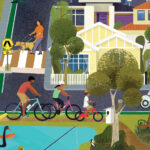

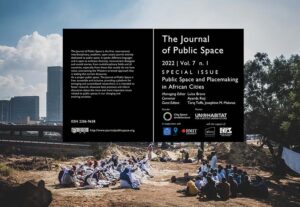


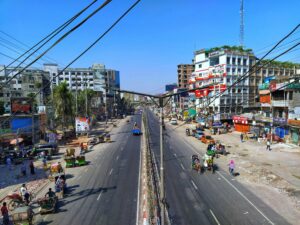
More Stories
Defining Placemaking: What Does It Really Mean?
Public Space Research Awards by City Space Architecture
Contemporary Public Spaces: 11 Projects That Inspire New Ideas